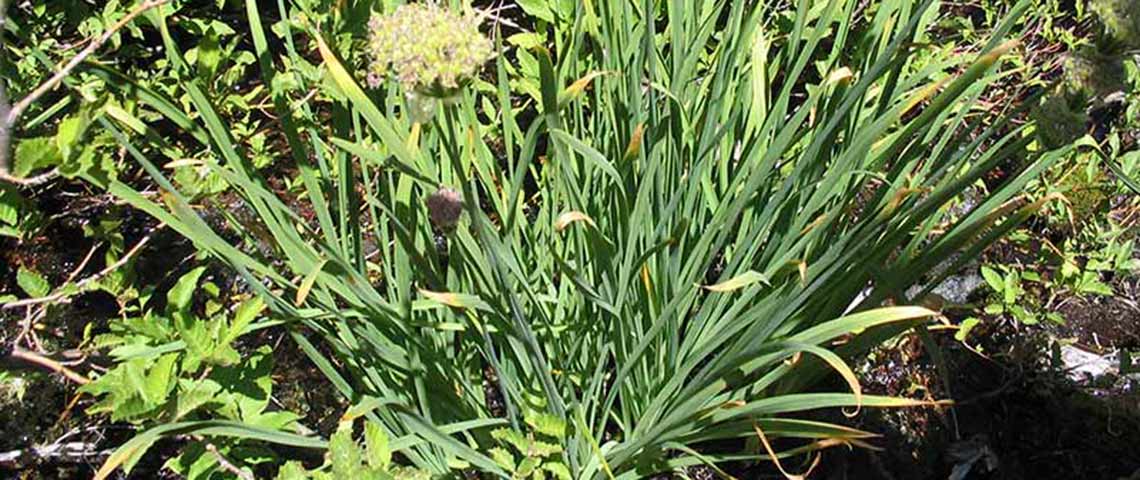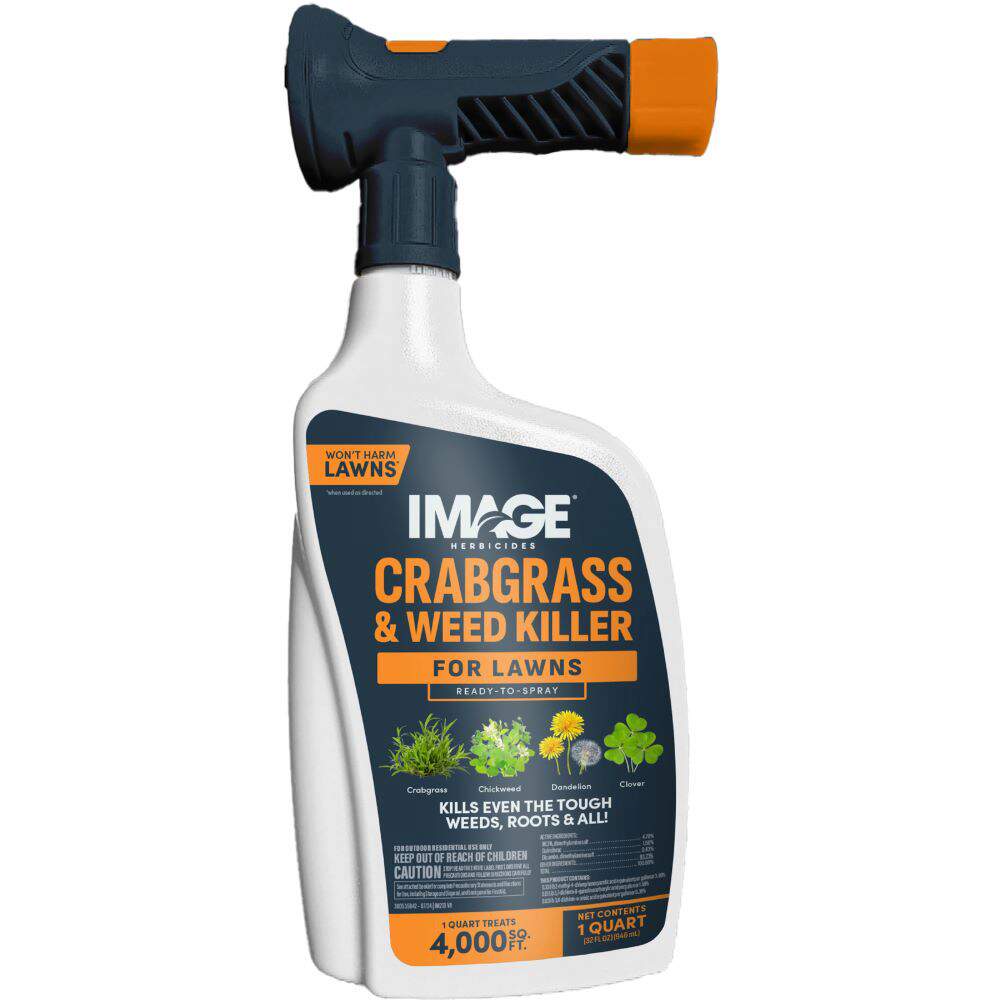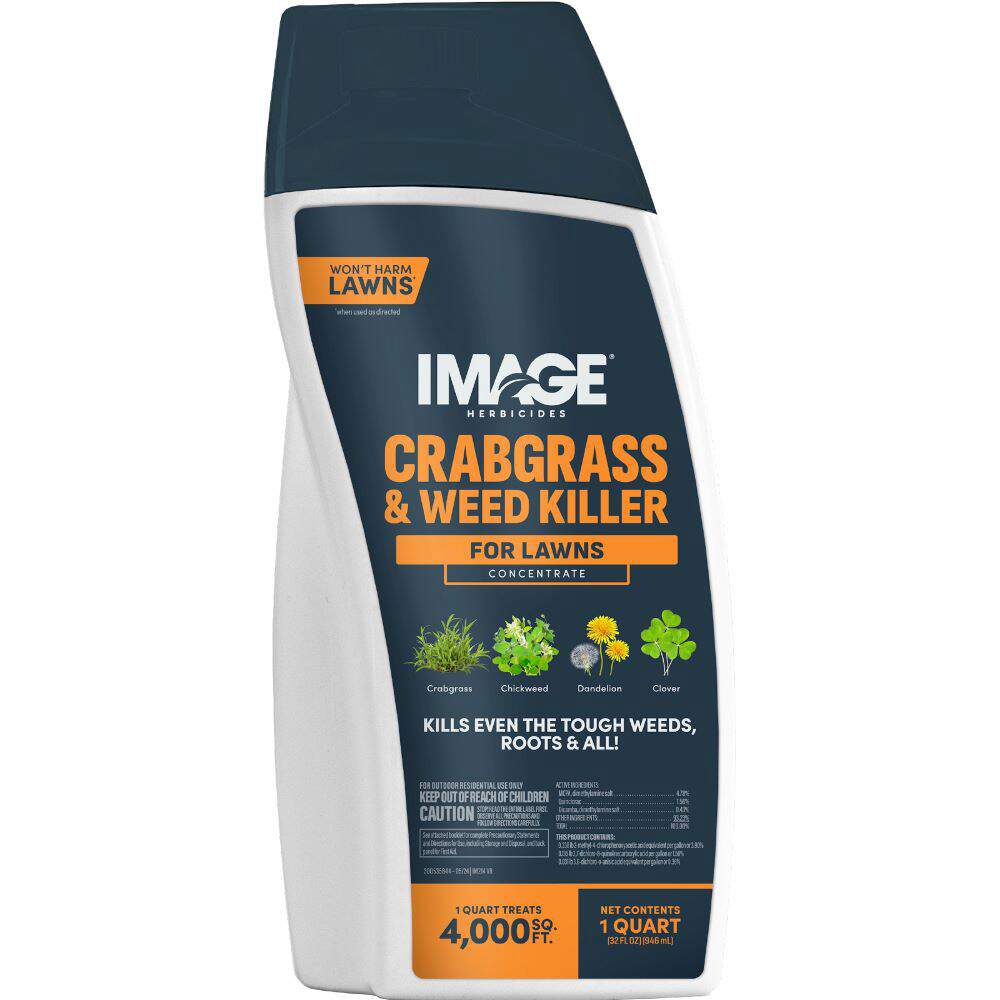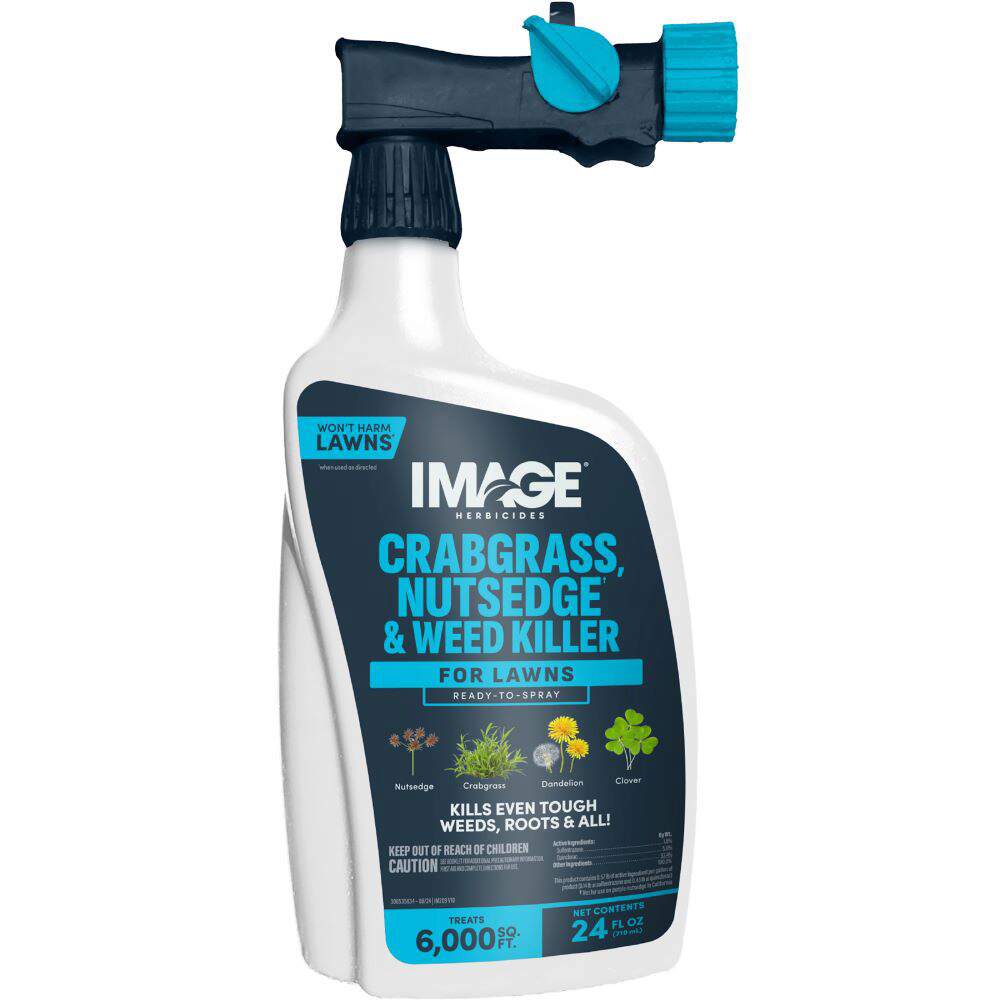HOW TO IDENTIFY WILD ONION
Wild onion is a perennial weed that grows from bulbs to form sparse, grassy clumps. The thin, waxy, green leaves are flat and solid — unlike wild garlic leaves, which are round and hollow. Wild onion leaves grow unbranched from the base of the plant, capable of reaching up to 18 inches tall. When crushed or freshly mown, the leaves emit an unmistakable, onion-like smell.
Though wild onions often go flowerless, any spring and early summer blooms appear white or pink. The flowers grow on round flowering stems 8 to 12 inches tall. Each unbranched stem bears a single flower head made of small, star-shaped flowers. Beneath the tiny flowers, small aerial bulblets cluster together in a ball. Wild onion's belowground bulbs look like onion bulbs covered with brownish, papery skin.
WHERE AND WHY WILD ONION GROWS
Wild onion is common throughout the central and eastern United States. This weed frequents lawns, meadows, woodlands and disturbed areas, including farm fields and roadsides. It spreads freely by seeds, underground bulbs and aerial bulblets.
Adaptable to a wide range of conditions, wild onion flourishes in full sun and moist soil. Once established, it tolerates dry conditions, including dry shade, but it doesn't like overly wet soil or standing water. Nurturing a thick, healthy lawn helps keep this weed away.
HOW TO CONTROL WILD ONION
When treating wild onion or other lawn weeds, read product labels carefully to ensure the product suits your lawn type. Some turf grasses are sensitive to certain herbicides, so always double-check labels before applying. Only treat established lawns; herbicides can injure grass seedlings. For best results, treat wild onions as soon as they emerge, before they begin to spread.
Image Herbicides offers several highly effective liquid products to kill or control wild onion:
- Image Herbicides Nutsedge Killer for Southern Lawns, available in Ready-to-Spray and Concentrate formulas, kills and controls wild onion and other listed summer and winter weeds in southern lawns. This selective, post-emergent herbicide targets the toughest southern weeds with a patented ingredient that starves weeds to death.
- Image Herbicides Crabgrass, Nutsedge & Weed Killer for Lawns, available in Ready-to-Spray and Concentrate formulas, starts working on contact to kill wild onions to their roots. You can use this selective weed killer on most cool-season and warm-season lawn grasses, but don't use this on St. Augustinegrass lawns.
- Image Herbicides Crabgrass & Weed Killer for Lawns, available in Ready-to-Spray and Concentrate formulas, kills even tough wild onions — roots, bulbs and all. Apply this selective post-emergent herbicide anytime wild onion is actively growing. For best results, treat as soon as weeds emerge from the ground.
Wild Onion Control Tips: Because of its grassy appearance, wild onion often goes undetected until your mower blades release the scent. In sunny, moist areas, wild onion can form massive patches that outcompete lawn grass. So treat newly discovered weeds right away.
If you're looking for a granular option for post-emergent weed control, Pennington Full Season Weed & Feed 25-0-8 controls wild onion and feeds your lawn.
Always read product labels thoroughly and follow instructions, including guidelines for lawn grass types, frequency of applications and seasonal maximums that may apply.
WILD ONION GALLERY
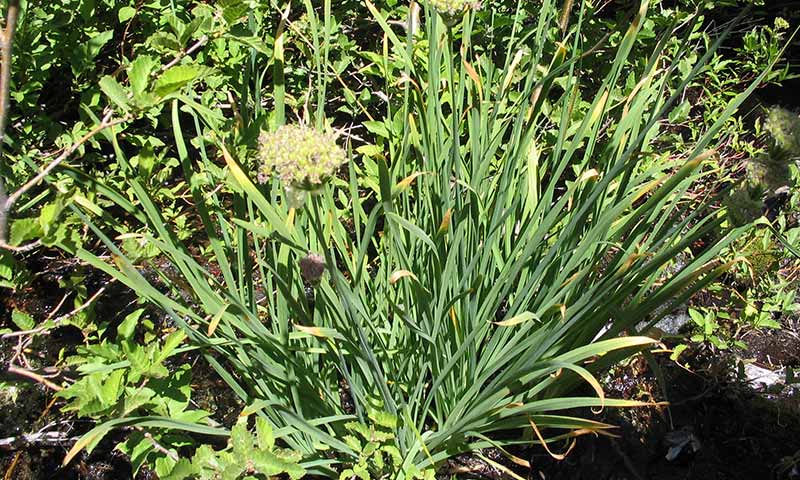
Wild Onion Plant
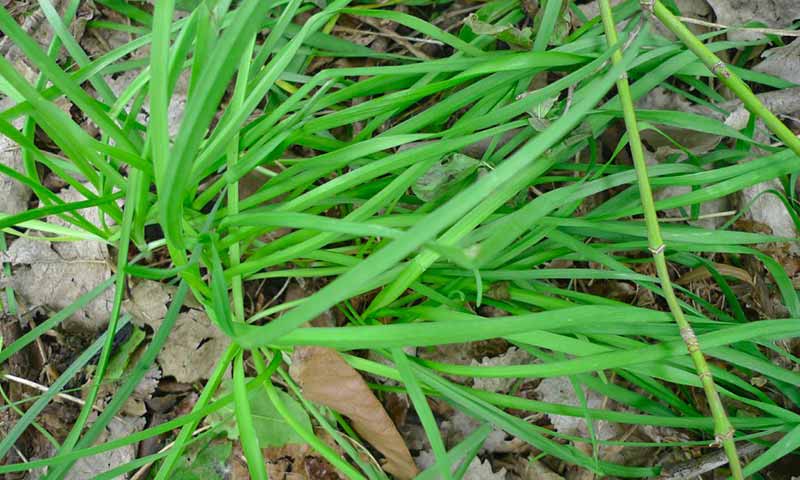
Wild Onion Foliage
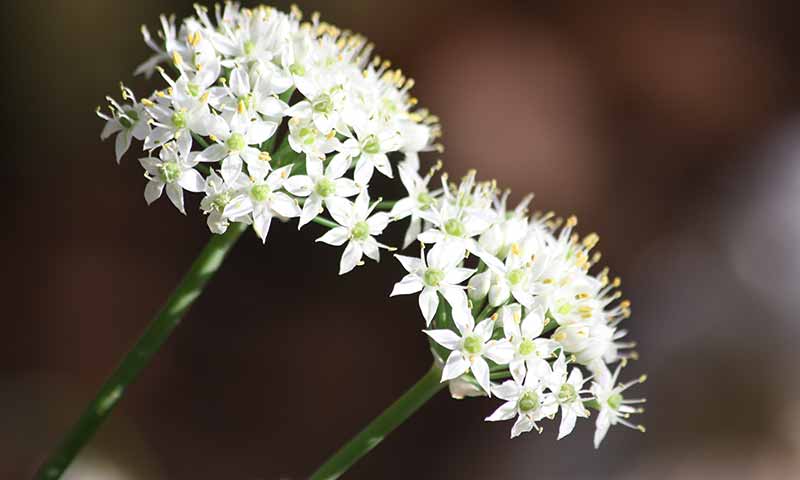
Wild Onion Flower
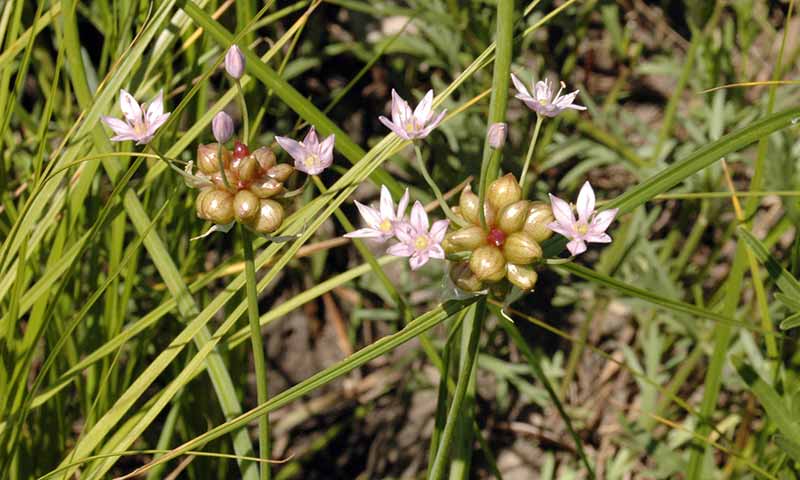
Wild Onion Flower and Bulblets

